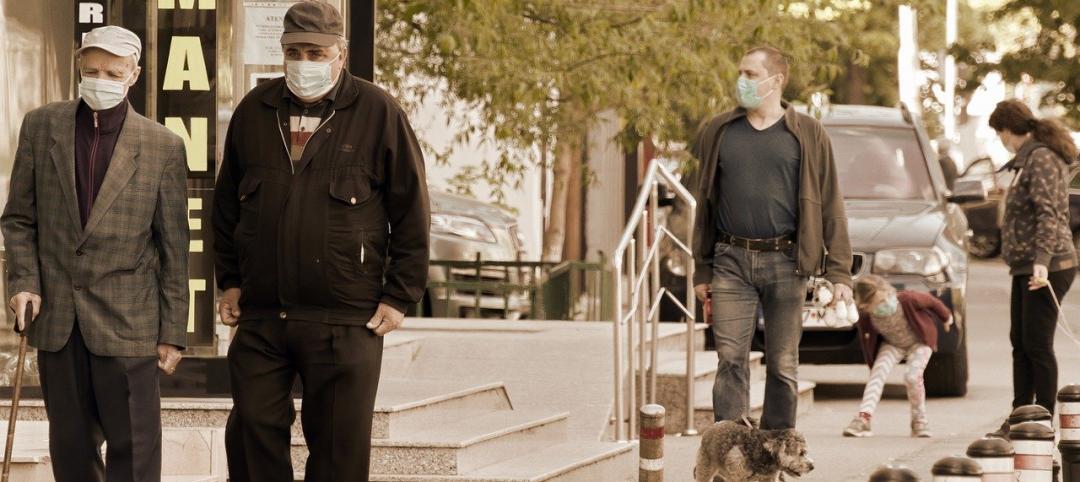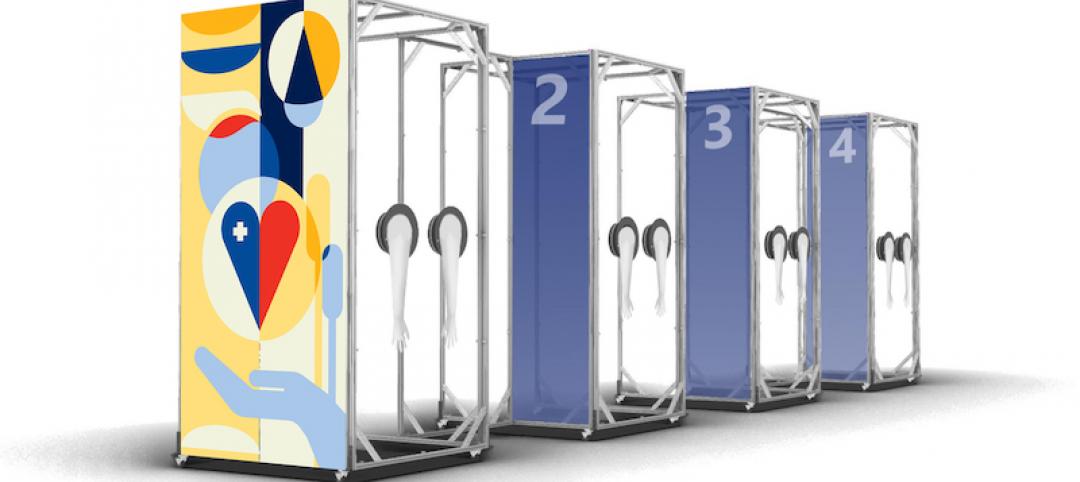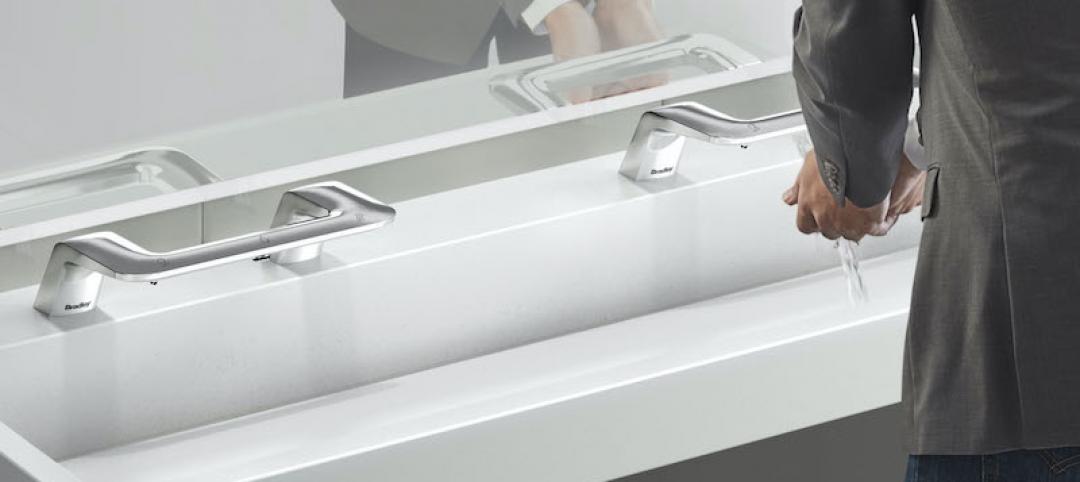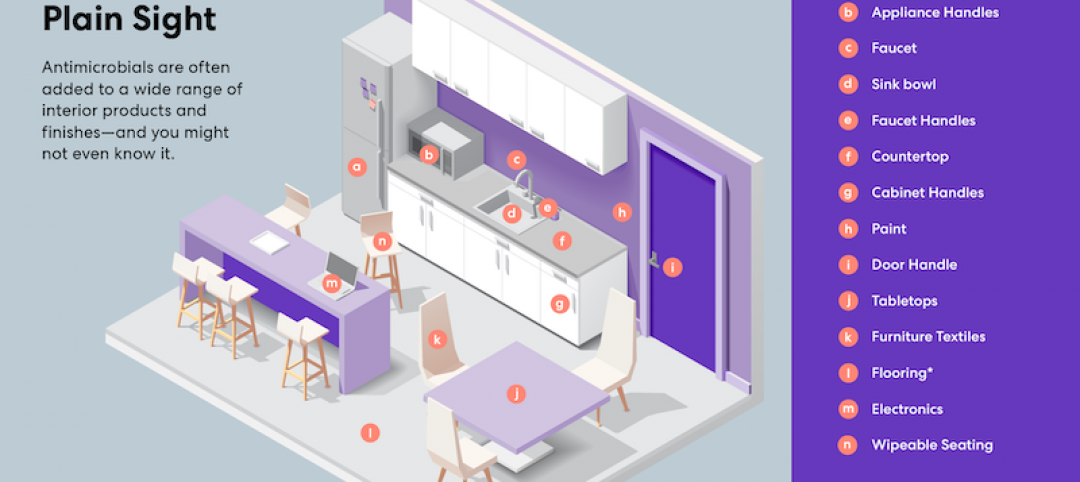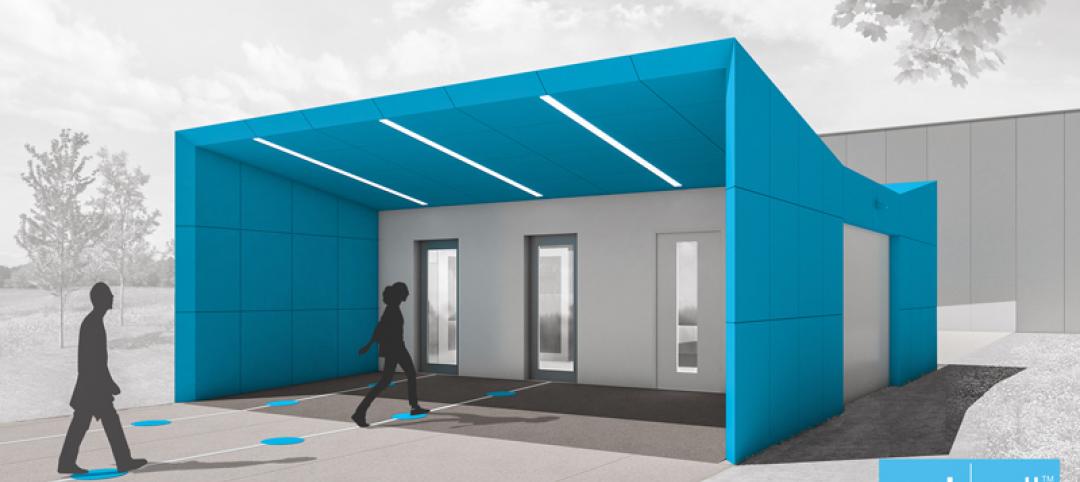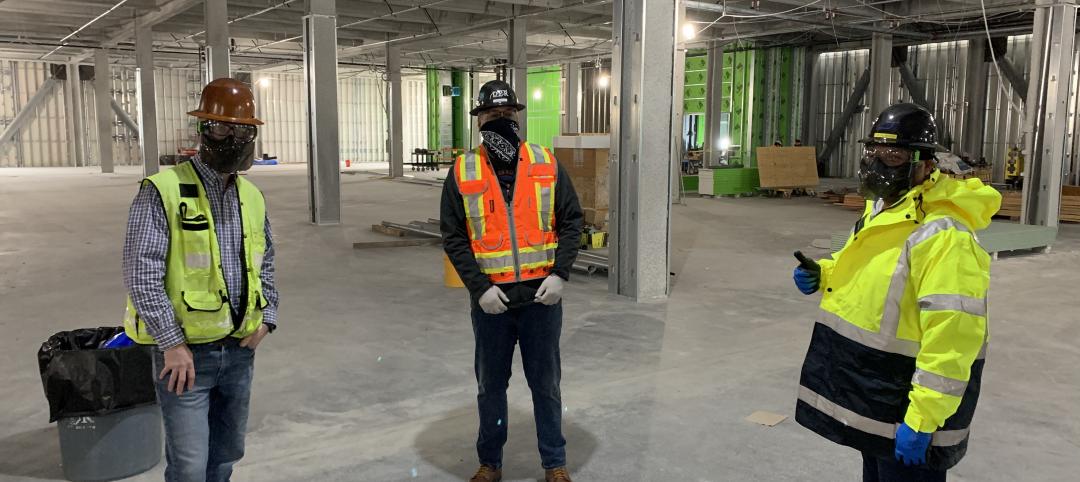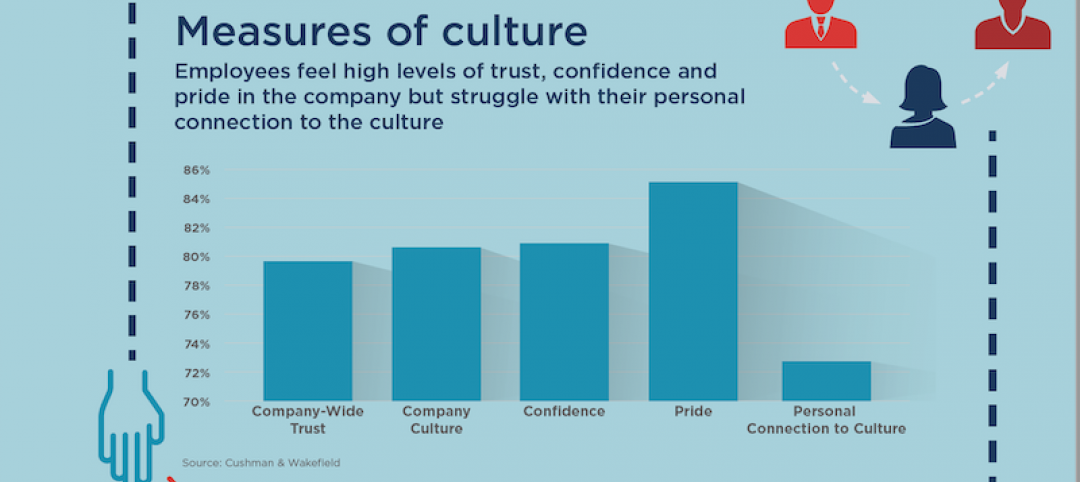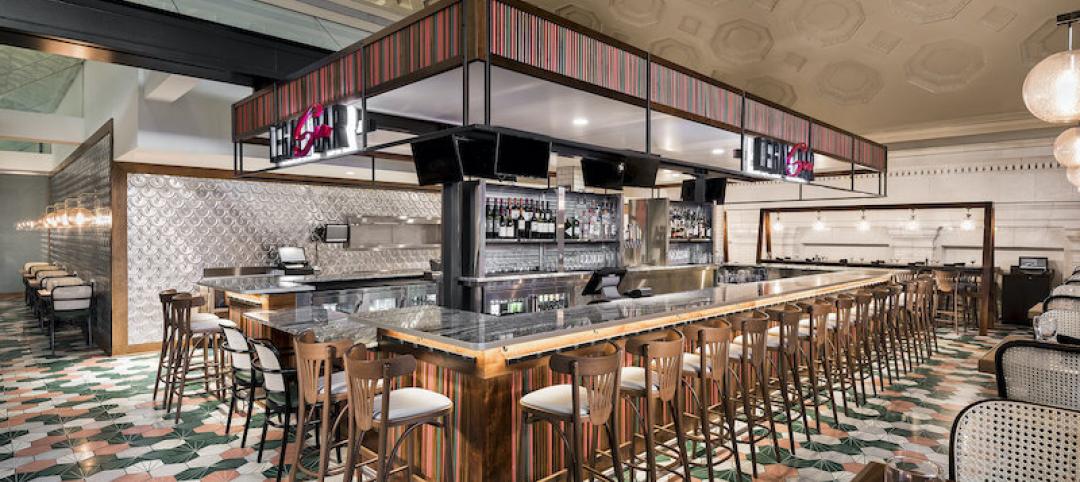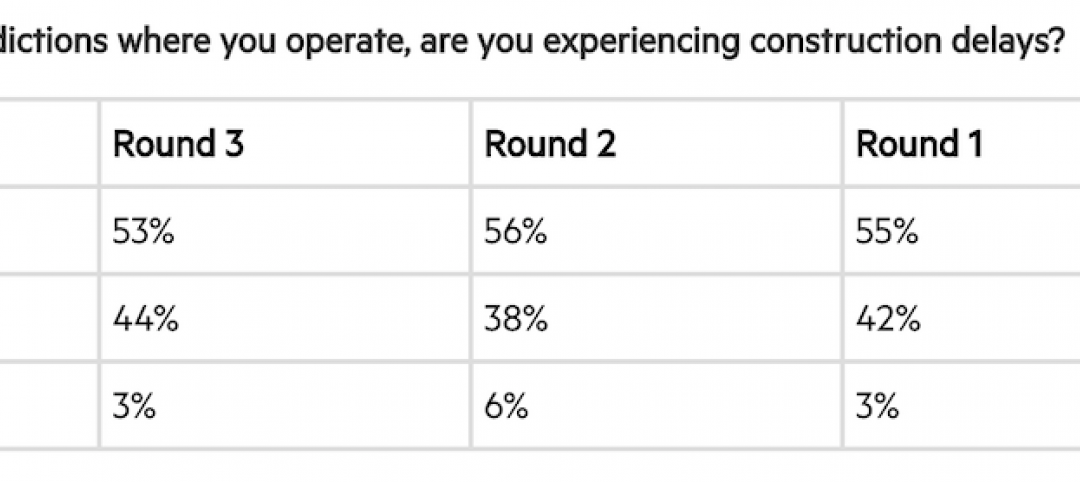In its second survey of 11.5 million units of professionally managed apartment units across the country, the National Multifamily Housing Council (NMHC) found that 84% of apartment households made a full or partial rent payment by April 12, up 15 percentage points from April 5.
NMHC’s Rent Payment Tracker numbers also examined historical numbers and found that 90% of renters made full or partial payments from April 1-12, 2019, and 91% of renters in March 1-12, 2020. The latest tracker numbers reflect a payment rate of 93% compared to the same time last month. These data encompass a
“It appears that the vast majority of apartment residents who can pay their rent are doing so ... so apartment owners can help residents who legitimately need help,” said President Doug Bibby. “Unfortunately, unemployment levels are continuing to rise and delays have been reported in getting assistance to residents, which could affect May’s rent levels."
Bibby said that, as apartment residents begin receiving the direct payments and enhanced unemployment benefits from the federal government, "we will continue to see improvements in rent payments.”
CLASS A PROPERTIES DOING BETTER ON RENT PAYMENTS THAN WORKFORCE HOUSING
“Anecdotally, we are hearing that different parts of the industry are experiencing different levels of rent payments,” said David Schwartz, NMHC Chair and CEO Chairman of Chicago-based Waterton. “As you would expect, more expensive Class A properties, whose resident base may be more able to work from home, are reporting much higher percentage of rent payments than operators of more affordable workforce
"History offers us no frame of reference for the truly unprecedented economic situation we find ourselves in,” said Bibby. "With apartment firms stepping up to support their residents by waiving late fees, creating flexible payment plans and offering other creative solutions for residents impacted by COVID-19, we expected more renters to pay later in the month than has historically been the case. The increase in this week’s number over last week’s, however, shows that apartment residents are continuing to pay rent despite the financial challenges facing them.”
The NMHC Rent Payment Tracker metric
HOW NMHC'S PAYMENT TRACKER WORKS
The NMHC Rent Payment Tracker is a cumulative data tool. Every week, the PMS providers submit two data points to NMHC: the percentage of apartment households that paid their rent for a specific time period and the total number of occupied units in their data universe (with certain exclusions). Data is submitted weekly on the following schedule: week one: from the first day of the month through COB on the 5th, week two: from the 1st through COB on the 12th , week three: from the 1st through COB on the 19th and finally from the 1st through the last day of the month, giving a monthly data point for the "percent who paid." To recap, the "percent who paid" number will increase each week, until we reach our final “percent who paid” number for the month.
Partial payments or conversions of security deposits into rent (which some property management firms are allowing) are captured once, when the first partial payment is accepted to avoid having them double counted. Subsequent partial payments are not captured in the data because the metric is “what percent of renters paid some/all of their rent” in a given month. Additional payments made by the same resident in the month would increase the total amount of rent paid, but this metric does not measure that.
The NMHC Rent Payment Tracker is powered by Entrata, MRI Software, RealPage, ResMan and Yardi. More information on the NMHC Rent Payment Tracker can be found here. Additional NMHC resources, data, and materials can be found here.
Related Stories
Fire and Life Safety | Jun 9, 2020
NFPA develops business reopening checklist for fire and life safety measures
The new checklist helps building owners and facility managers ensure fire and life safety as businesses prepare to re-open amid the coronavirus pandemic.
Coronavirus | Jun 9, 2020
CannonDesign unveils COVID Shield
As the world evolves its response to the COVID-19 pandemic, one clear reality is testing for the virus will be part of our daily lives for the foreseeable future.
Coronavirus | Jun 5, 2020
3 strategies to improve the wellness of building systems and gain tenant trust
Three operational issues that must be prioritized for every building in order to achieve tenant trust are air quality/ventilation, relative humidity, and building commissioning.
Coronavirus | Jun 2, 2020
5 ways to improve hand washing and minimize germs in public restrooms
Bradley Corp. offers five upgrades to make public restrooms more sanitary.
Coronavirus | Jun 2, 2020
Perkins and Will, Healthy Building Network advise against the use of antimicrobial building products
Even during a pandemic, antimicrobial building products may do more harm than good.
Coronavirus | May 30, 2020
A welcoming entry-point for wellness screening anywhere
Modular WorkWell™ ecosystem can process up to 40 people per minute.
Coronavirus | May 29, 2020
Black & Veatch, DPR, Haskell, McCarthy launch COVID-19 construction safety coalition
The NEXT Coalition will challenge engineering and construction firms to enhance health and safety amid the Coronavirus pandemic.
Coronavirus | May 28, 2020
Cushman & Wakefield report examines work-at-home pros and cons
The office, now part of a larger workplace ecosystem, still reinforces employees’ connections with their companies.
Coronavirus | May 27, 2020
Clean is the new Green as U.S. hospitality sector inches closer to reopening
Three design firms share their takes on what will make customers more comfortable about returning.
Coronavirus | May 26, 2020
Multifamily developers report mounting delays in permitting and starts due to coronavirus pandemic
More than half (53%) of multifamily developer respondents reported construction delays in the jurisdictions where they operate, according to the third edition of the National Multifamily Housing Council (NMHC) COVID-19 Construction Survey.



